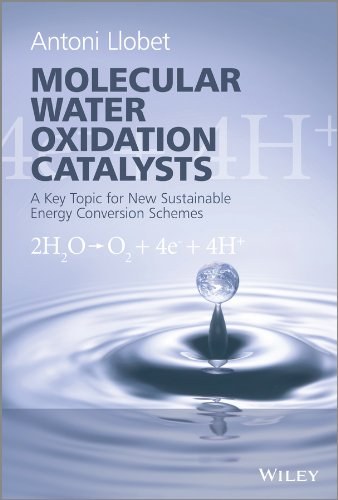Exploring Hydrophilicity: Which of the Following Substances Attract Water Molecules?
Guide or Summary:Introduction to HydrophilicityUnderstanding Water MoleculesCommon Hydrophilic SubstancesApplications of Hydrophilic Substances**Translation……
Guide or Summary:
- Introduction to Hydrophilicity
- Understanding Water Molecules
- Common Hydrophilic Substances
- Applications of Hydrophilic Substances
**Translation**: Which of the following substances attract water molecules
---
Introduction to Hydrophilicity
Hydrophilicity refers to the property of a substance to attract and interact with water molecules. This characteristic is crucial in various scientific fields, including chemistry, biology, and materials science. Understanding which substances exhibit hydrophilic properties can help us in applications ranging from drug delivery systems to the development of water-repellent materials.

Understanding Water Molecules
Water (H2O) is a polar molecule, meaning it has a partial positive charge on one side and a partial negative charge on the other. This polarity allows water to form hydrogen bonds with other polar substances. When we ask, "Which of the following substances attract water molecules?" we are essentially inquiring about the substances that can form such interactions with water.
Common Hydrophilic Substances
To answer the question, we can examine several common substances known for their ability to attract water molecules.
1. **Salts**: Many salts, such as sodium chloride (table salt), are highly hydrophilic. When salt is dissolved in water, it dissociates into its constituent ions, which interact favorably with water molecules. This interaction is a classic example of hydrophilicity in action.
2. **Sugars**: Sugars like glucose and sucrose are also hydrophilic. Their hydroxyl (-OH) groups can form hydrogen bonds with water molecules, making them soluble in water and giving them the ability to attract water.

3. **Alcohols**: Simple alcohols such as ethanol and methanol are polar and can engage in hydrogen bonding with water, making them hydrophilic. The presence of the hydroxyl group is key to their solubility in water.
4. **Proteins**: Many proteins contain polar and charged amino acids that can interact with water. This property is essential for biological functions, as it allows proteins to fold and function properly in aqueous environments.
5. **Surfactants**: Surfactants are compounds that lower the surface tension of water and are often used in detergents. They have both hydrophilic (water-attracting) and hydrophobic (water-repelling) parts, which enables them to interact with both water and oils.
Applications of Hydrophilic Substances
The ability of certain substances to attract water molecules has numerous practical applications. In pharmaceuticals, hydrophilic drugs can be formulated to enhance their solubility and bioavailability. In agriculture, hydrophilic polymers are used to improve soil moisture retention. In the food industry, hydrophilic ingredients can affect texture and moisture content, influencing product quality.

In summary, understanding "which of the following substances attract water molecules" is essential for various scientific and industrial applications. Substances such as salts, sugars, alcohols, proteins, and surfactants exemplify hydrophilicity and its importance in different contexts. The interactions between these substances and water molecules not only drive chemical reactions but also play a crucial role in biological processes and material design. As we continue to explore the properties of hydrophilic substances, we unlock new possibilities for innovation across multiple fields.